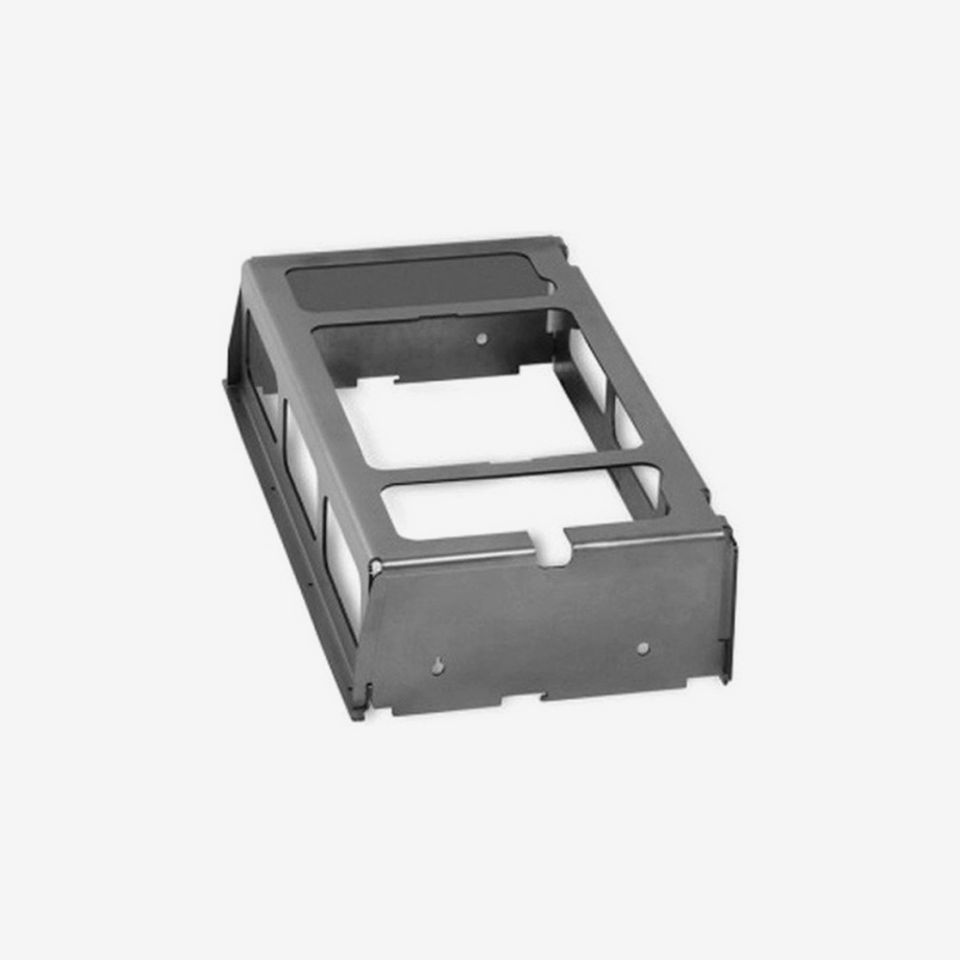The Department of Agriculture, Food and the Marine (DAFM) has partnered with AXA and Agriland Media Group for an innovative campaign to promote greater awareness of farm safety.
In this article, we discuss safety when working at height. Machining Parts

The regular maintenance and repair of farm buildings is essential, not only to ensure that they are fit for purpose, but also to ensure that they are safe, particularly during stormy weather.
However, maintenance and repairs of roofs can be hazardous, and it involves working at height.
Unfortunately, in the last ten years, one in ten farm fatalities were related to falls from a height.
There were twelve fatalities due to construction work including maintenance; six fatalities were due to falling through a skylight; four due to falling through a fragile roof, mainly when cleaning or carrying out repairs; and two were due to falling from a ladder.
Farmers over 65 years accounted for over half of all farm fatalities due to falling from a height. Risk assessment
Before starting any work at height it is critically important that you take a few minutes to assess the risks and identify the potential hazards associated with the work required.
You need to review your Farm Safety Code of Practice risk assessment or Safety Statement, and you need to put controls in place to minimise or eliminate the risks before work begins. Consider hiring a contractor
Work must only be carried out by competent people with the knowledge, skills and experience to carry out the work safely.
When carrying out your risk assessment of the proposed work, you should consider if it is safer and more efficient in the longer term to hire a contractor.
If hiring a contractor, check that the contractor has the competency and equipment to carry out the work safely and advise the contractor of any hazards such as a rusted roof sheeting or painted-over light sheeting.
If hiring a contractor, workers carrying out work other than minor repairs on fragile and cladded roofs must have the relevant SOLAS Construction Skills Certification Scheme (CSCS) training card for roof cladding. Fragile roofs
Falls through roofs occur when the roofing material is too fragile to support a person or in areas where there are gaps in the roof.
You need to know where the roof lights are on the roof so that you don’t stand on perspex-covered by paint or dirt. You must always assume that roofing materials are fragile and unable to take a person’s weight unless it has been confirmed otherwise by a competent person.
Replacing sheeting on a roof is challenging and there is a risk of falling through the opening. Where possible, try to carry out as much work as possible from the ground using a mobile elevating work platform such as a cherry picker that allows people to work without standing on the roof itself.
If access onto the fragile roof cannot be avoided, the risks of falling from or through the roof must be minimised by installing perimeter edge protection and using roofing ladders and crawl boards on the roof surface to spread the loads.
Where it is not practicable to have a safe working platform, collective fall protection such as nets or another collective fall arrest system to an appropriate standard should be used. TAMS
Consider availing of the Targeted Agricultural Modernisation Scheme (TAMS) II grant for retrofitting roof clear-sheets (roof lights) with safety cages. This will protect against falling through roof lights.
Department specification S101C provides guidance on the minimum specification for retrofitting roof clear sheets (roof lights) with safety grids.
If replacing damaged rooflights, select a rooflight listed in Department Specification S102 and install to manufacturer’s instructions which will provide some protection against falling through the rooflight. Ladders
Ladders slipping sideways or outwards at the base, or the person falling from the ladder, have resulted in serious injuries and fatalities on farms.
Ladders should only be used for access to a height or for very small jobs which take a short time when there is no other safer way of doing the job.
It is always better to use a mobile elevating work platform such as a cherry picker or a tower scaffold for working at heights. Anyone working on a cherry picker must wear a safety harness.
Tips on using a ladder: Before using a ladder, always examine it for wear and damage. Ladders should always be stored carefully where they cannot be damaged;Before climbing a ladder, ensure that it is tied or footed at the base to prevent it slipping. Ladders should not be used on uneven ground and the area around the work should be kept clear of materials and trip hazards;When using the ladder, always keep three points of contact. Do not carry material when climbing a ladder. You should use a pulley and rope to raise materials and always move the ladder rather than over-stretching.
Never use loaders, or makeshift scaffolding when working at heights – it is not worth the risk. Farm safety
Prior to working at height – and after reading this article – farmers and contractors should run through the Health and Safety Authority’s (HSA’s) Working at Height in Agriculture Information Sheet.
Click here for the HSA sheet, and here for the HSA’s Code of Practice for Safety in Roofwork.
For more information on farm safety, visit gov.ie/farmsafety. FARM SAFETY FARM SAFETY CAMPAIGN

Slotted Well Casing Privacy Policy | Terms & Conditions | Cookie Settings | © Copyright 2022 Agriland Media Ltd.